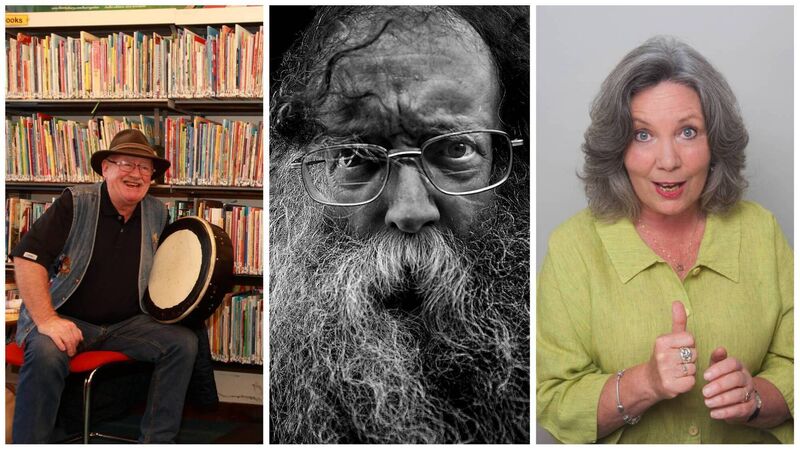C'mere til I tell you: The power of the Irish storyteller

Rooted in the Celtic festival of Samhain, Halloween, in particular, holds a key place in the storytelling calendar.
There’s a story I was told as a child by a wonderful man called Paddy, a roguishly handsome Kerry fisherman with hazelnut tan and blue twinkly eyes who stitched tales together with great lyricism.










